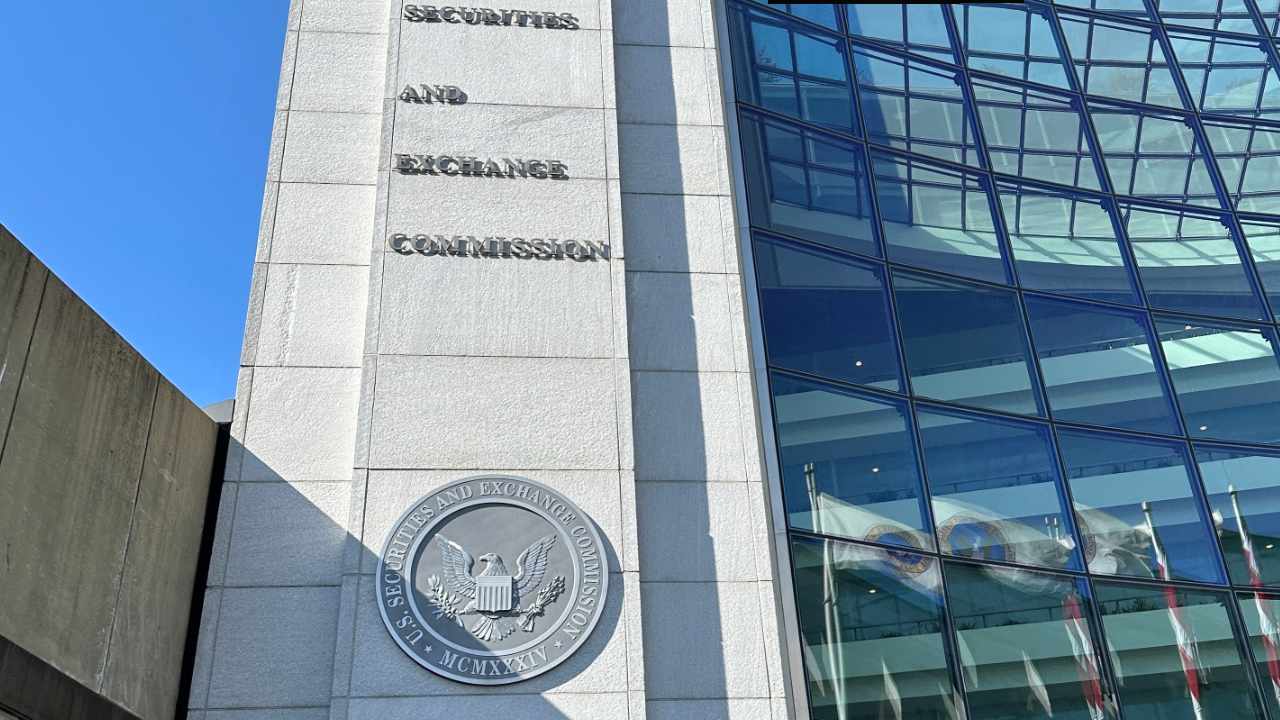Bitcoin Penetrating Mainstream Macro Capital Markets – What About Ethereum?
Most large-cap cryptocurrencies, including Bitcoin and Ethereum, have not exactly lived up to the hype and promise in the second half of 2024. Investors saw the general market experience a negative start to the past week, with most assets shedding a significant portion of their value. Interestingly, this recent price action has offered a unique insight into the current state of the crypto market and its relationship with the macro capital markets. Spot Bitcoin ETFs Vs. Ethereum ETFs — Relative Impact? In a recent report, trading firm QCP Capital shared their observation on the Bitcoin and Ethereum markets following the significant drawdown on Monday, August 5. According to the firm, there has been a fundamental change in the liquidity profile of ETH relative to BTC, the largest cryptocurrency by market cap. Related Reading: Bitcoin’s Latest Casualty: Miner Reserves Plunge to 3-Year Low, What’s Next For BTC? According to QCP Capital, Bitcoin is becoming increasingly incorporated into the mainstream capital markets, including the stock and bond markets. On the other hand, Ethereum — the second-largest cryptocurrency — is being pushed to the sidelines. This liquidity shift was further spotlighted in the broad market downturn experienced on Monday, where BTC fell by only 16% compared to ETH’s 22% price decline. Moreover, Bitcoin’s price is almost around where it was a week ago — closing in on $61,000, while ETH is still a little off pace. QCP Capital noted that this trend appears to result from the “distinct lack of interest” in the recently launched spot Ethereum exchange-traded funds (ETFs) relative to their BTC counterparts. “BTC as digital gold is a compelling narrative to investors while ETH is lacking one,” the firm said. This lack of a selling point for Ethereum — especially amongst the older generations — was one of the talking points following the ETH ETF approval. Interestingly, the slow start of these funds may give some credence to the early concerns. Liquidity Shift Not Necessarily A Bad Thing: QCP There is still some upside for Ethereum despite not penetrating the traditional markets as potently as Bitcoin, according to QCP Capital. The trading firm added: As a more speculative and more volatile asset, the propensity for exponential price gains comes along with the potential for larger drawdowns. QCP revealed that the difference in the implied volatility between BTC and ETH was closer to 5% prior to the launch of the spot Ethereum ETFs. However, this difference has now grown to more than 20% since the exchange-traded funds made their debut. Related Reading: XRP Has Surpassed Bitcoin, Ethereum, And Solana Combined In This Metric As of this writing, the price of Ethereum is hovering around $2,600 while Bitcoin looks to hold above $61,000. Featured image from iStock, chart from TradingView

Most large-cap cryptocurrencies, including Bitcoin and Ethereum, have not exactly lived up to the hype and promise in the second half of 2024. Investors saw the general market experience a negative start to the past week, with most assets shedding a significant portion of their value.
Interestingly, this recent price action has offered a unique insight into the current state of the crypto market and its relationship with the macro capital markets.
Spot Bitcoin ETFs Vs. Ethereum ETFs — Relative Impact?
In a recent report, trading firm QCP Capital shared their observation on the Bitcoin and Ethereum markets following the significant drawdown on Monday, August 5. According to the firm, there has been a fundamental change in the liquidity profile of ETH relative to BTC, the largest cryptocurrency by market cap.
According to QCP Capital, Bitcoin is becoming increasingly incorporated into the mainstream capital markets, including the stock and bond markets. On the other hand, Ethereum — the second-largest cryptocurrency — is being pushed to the sidelines.
This liquidity shift was further spotlighted in the broad market downturn experienced on Monday, where BTC fell by only 16% compared to ETH’s 22% price decline. Moreover, Bitcoin’s price is almost around where it was a week ago — closing in on $61,000, while ETH is still a little off pace.
QCP Capital noted that this trend appears to result from the “distinct lack of interest” in the recently launched spot Ethereum exchange-traded funds (ETFs) relative to their BTC counterparts. “BTC as digital gold is a compelling narrative to investors while ETH is lacking one,” the firm said.
This lack of a selling point for Ethereum — especially amongst the older generations — was one of the talking points following the ETH ETF approval. Interestingly, the slow start of these funds may give some credence to the early concerns.
Liquidity Shift Not Necessarily A Bad Thing: QCP
There is still some upside for Ethereum despite not penetrating the traditional markets as potently as Bitcoin, according to QCP Capital. The trading firm added:
As a more speculative and more volatile asset, the propensity for exponential price gains comes along with the potential for larger drawdowns.
QCP revealed that the difference in the implied volatility between BTC and ETH was closer to 5% prior to the launch of the spot Ethereum ETFs. However, this difference has now grown to more than 20% since the exchange-traded funds made their debut.
As of this writing, the price of Ethereum is hovering around $2,600 while Bitcoin looks to hold above $61,000.
What's Your Reaction?




















